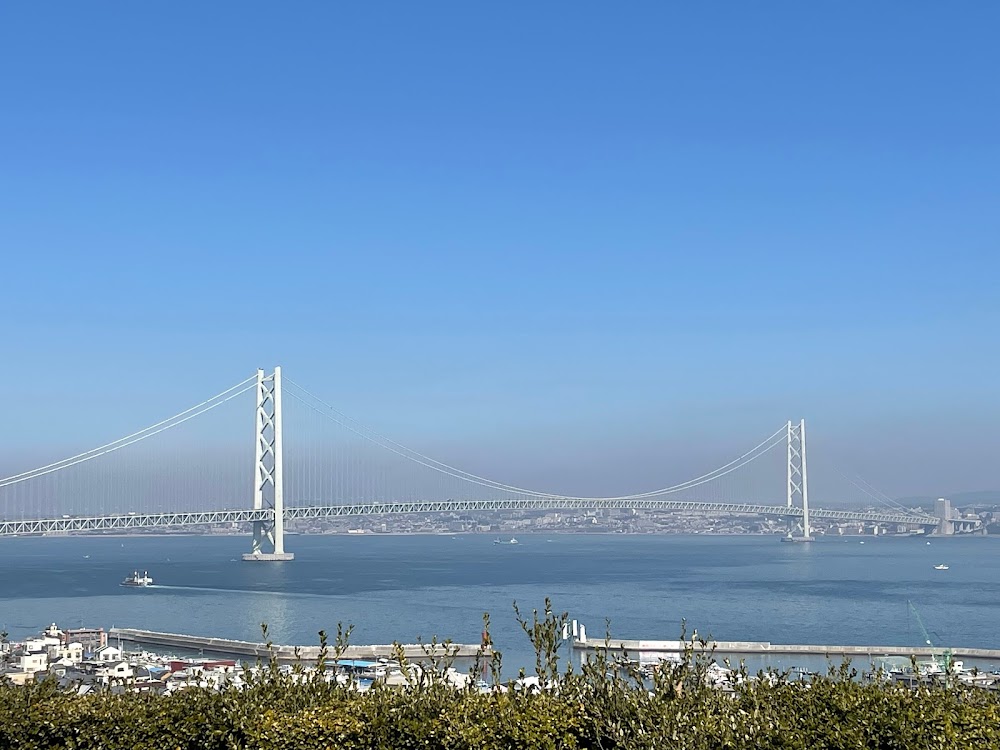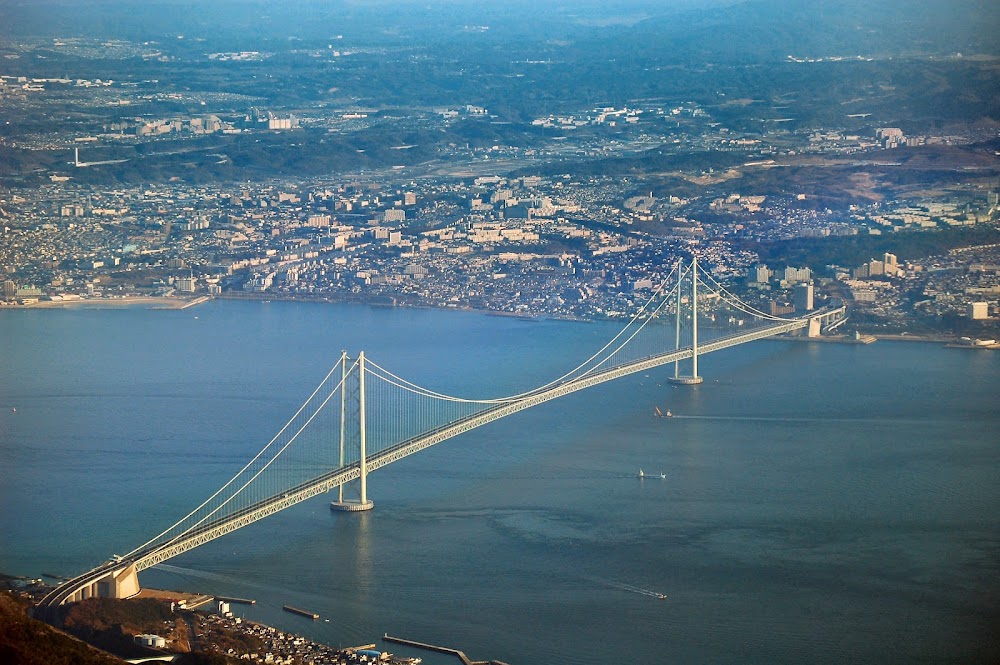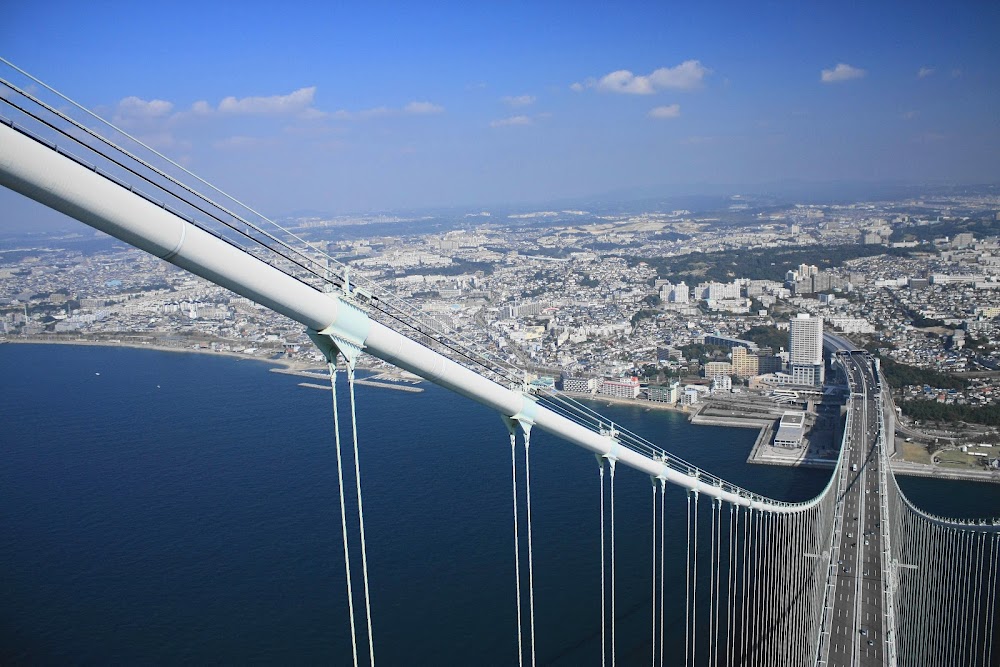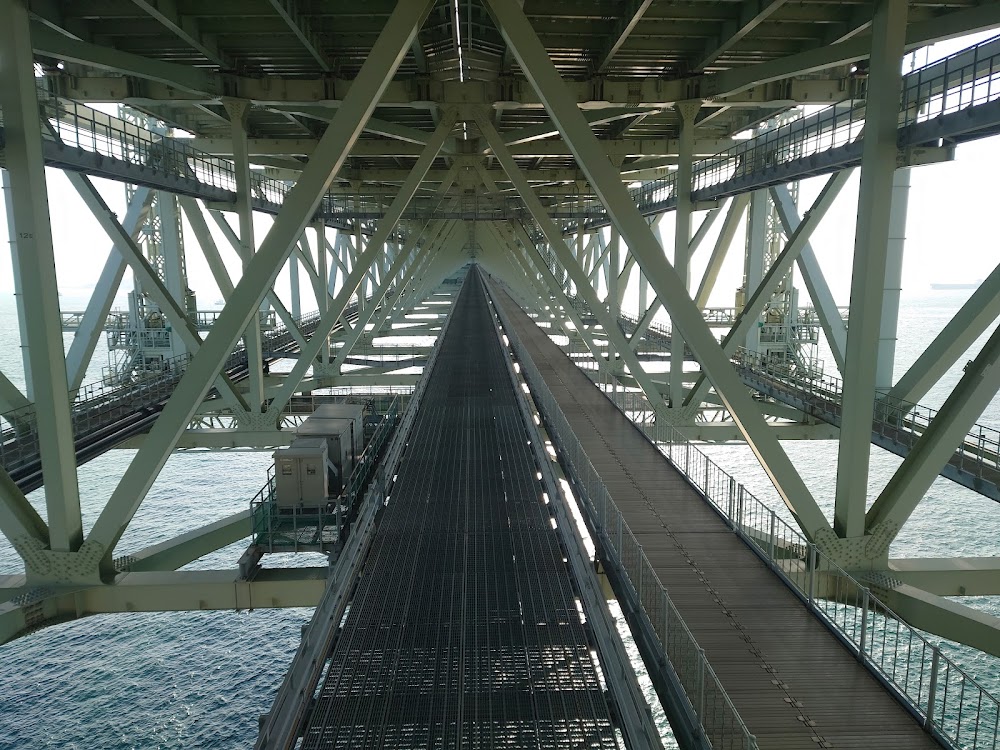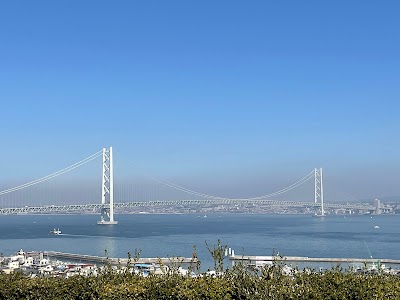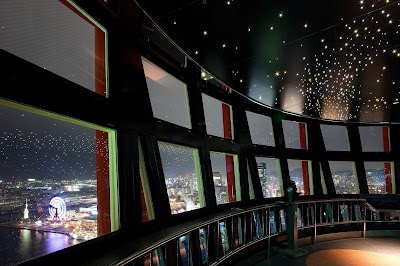Akashi Kaikyo Bridge (明石海峡大橋)
Overview
The Akashi-Kaikyo Bridge, often referred to as the Pearl Bridge, stands as a stunning testament to modern engineering in Hyōgo Prefecture, Japan. Spanning the Akashi Strait, this monumental bridge connects the bustling city of Kobe on the mainland to Awaji Island. As the longest suspension bridge in the world, it boasts a remarkable central span of 1,991 meters, making it an awe-inspiring sight for travelers and engineers alike.
The bridge was born out of necessity, addressing the perilous conditions of the Akashi Strait, notorious for its strong currents and heavy marine traffic that frequently resulted in accidents. A tragic incident in 1955, when two ferries collided during a storm, claimed 168 lives and highlighted the urgent need for a safer crossing. This heartbreaking event galvanized the Japanese government to undertake the ambitious project of constructing the Akashi-Kaikyo Bridge.
Construction began in 1988 and spanned a decade, culminating in the bridge's official opening to traffic on April 5, 1998. Such a colossal engineering feat required meticulous planning and cutting-edge technology. The construction process utilized an astounding 181,000 tons of steel and 1.4 million cubic meters of concrete, showcasing the scale of this project.
Among the most significant challenges faced during construction was ensuring the bridge's resilience to natural disasters, particularly earthquakes and typhoons. Given Japan's vulnerability to seismic activity, the bridge was designed with advanced safety measures in mind. Notably, sophisticated seismic isolation devices were installed to absorb and dissipate earthquake energy. Remarkably, during the 1995 Great Hanshin Earthquake, which occurred just before the bridge's completion, it sustained no significant damage, validating the effectiveness of these safety features.
The bridge's architectural design is equally impressive, featuring two main towers that soar to 298 meters, making them some of the tallest in the world at the time of completion. The bridge's cables, extending approximately 4,000 meters, are composed of nearly 300,000 kilometers of wire and must support a colossal weight of about 200,000 tons. Additionally, the dual-hinged stiffening girder system enables the bridge to withstand winds of up to 286 kilometers per hour and earthquakes with a magnitude of 8.5 on the Richter scale, underscoring its robust engineering.
Beyond its functional significance, the Akashi-Kaikyo Bridge symbolizes Japan's ingenuity and determination. It has transformed the region's economy by improving access and reducing travel time between the mainland and Shikoku, thereby promoting greater economic and social integration.
Moreover, the bridge has become a must-see tourist attraction, captivating visitors from around the globe with its majestic scale and aesthetic beauty. At night, the bridge is illuminated with thousands of LED lights, creating enchanting patterns and colors that dance against the night sky, enhancing its allure.
In summary, the Akashi-Kaikyo Bridge is not just a crossing; it is a remarkable achievement that exemplifies human innovation and the relentless pursuit of overcoming nature's challenges through collaboration and creativity. Whether you are an engineering enthusiast or a curious traveler, this magnificent structure offers an unforgettable experience.


